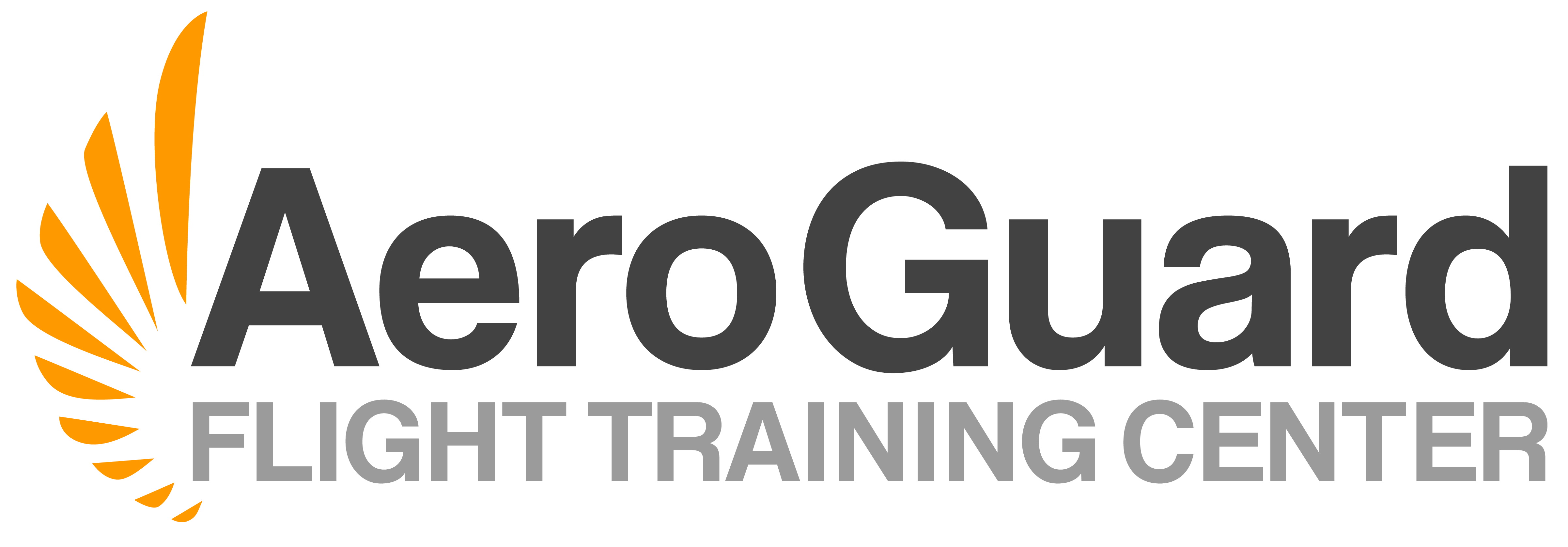How Airplane GPS Avionics Operate
How Airplane GPS Avionics Operate: Exploring its Different Systems – Video Transcript
Hi, thanks for watching this training video presented by AeroGuard Flight Training Center. My name is Beth Brown and I’m a Check Instructor here at AeroGuard Deer Valley.
Today, I’m going talk to you about how GPS operates; it’s different systems and its potentials for error. Understanding how GPS functions as a whole, will help you understand how your Garmin works. There’s three segments in a GPS system to know about, the control segment (which is the ground station), you have the space segment (which is the satellite system), and then the user segment (which is your Garmin or the equipment device). We’re also going to talk about RAIM and WAAS, we’ll get into that in a bit.
GPA & Navigation
All right, now it is time to talk about GPS and navigation. So, I love GPS I learned to fly on all glass cockpit myself. GPS provides continuous accurate three-dimensional coverage anywhere on or near the Earth’s surface. However, I still have an appreciation for the navigation that the first aviators and aviatrixes used, and that’s ‘pilotage’ and ‘dead reckoning’. Anyone that has made a paper Nav Log understands how tedious and labor-intensive it can be. Before there was GPS, the first pilots flew this way. These crazy pioneer pilots flew 200 to 400 feet AGL using only a magnetic compass, roads, railways for navigation. During low visibility and night flights they used bonfires to light up the way, and they still do that for air strips in Alaska and around the backcountry.
Aviation has come so far in the last 100+ years, that now we rely heavily on GPS for navigation. I’m confident you’re all familiar with GPS because you use it on your phones, and your cars, your watches, and of course in our aircraft.
Control Segment
So first, the control segment. It is made up of the master ground station in Colorado Springs, Colorado, U.S.A. and it has six monitor stations around the world. The job of these stations is to monitor the health of the satellites. They perform checkups on satellites twice a day to monitor and predict the satellites functionality.
Space Segment
Next is the space segment and it’s a constellation of satellites and they orbit 11,000 nautical mile high. So, this constellation contains over 30 satellites that orbit the Earth twice daily. Each satellite transmits its position and time at regular intervals and those signals are intercepted by GPS receivers. This signal is measured in time with an atomic clock so how long it takes the signal to get there will determine where you are in time and space. An ordinary mechanical clock will not do for this job, so GPS uses an atomic clock. It’s the most stable and precise clock and it can count down to the billionth of the second.
User Segment
The final piece of the GPS system is the user segment, and this is the equipment that receives a GPS signal. For us at AeroGuard, it’s the G1000 in the aircraft. G1000s have so many amazing features that make our jobs easier as pilots. One benefit of the G1000 is it helps to alleviate the workload on pilots so they can have increased situational awareness. One limitation of the G1000 is it’s only as smart as the person who is operating it. A pilot really needs to understand how their system works and how to use all the information that provides you to have a safer fight. The G1000 system has its own operating manual – it’s about this big, and many components that I’ll discuss in another video.
RAIM – Receiver Autonomous Integrity Monitoring
Now that you understand the components of GPS as a whole, we can talk about RAIM and WAAS. RAIM is Receiver Autonomous Integrity Monitor – wow, that’s a mouthful right! Well what RAIM actually does is it monitors those satellites and it determines if there are any providing corrupt information. So if you’re receiving 2D information, your GPS is going to need three satellites, and if you’re receiving 3D information your GPS is going to require four satellites, and then for RAIM if they’re going to detect a faulty satellite it requires five satellites. And for RAIM to exercise fault exclusion, and that’s the ability to exclude a failed satellite, RAIM requires six satellites. Without RAIMs capabilities you would not have the accuracy of the GPS position, so RAIM is pretty much essential for using GPS in IFR flying.
WAAS – Wide Area Augmentation System
And then we have top-shelf GPS which is WAAS – Wide Area Augmentation System. WAAS gives the most accurate GPS location information. Standard GPS actual performance, it’s only accurate to about 3 meters horizontally, but WAAS LPV performance – it’s accurate to less than one meter horizontally.
Not all aircraft have GPS receivers with WAAS capability. WAAS allows you more options when flying IFR, it lets you have lower minimums on approaches, and additional options with alternate airports. I’m going to get into GPS approaches in detail on another video.
Well I hope this helps you understand the magic behind the GPS. Thank you for watching our videos please like and subscribe below. Bye for now.

